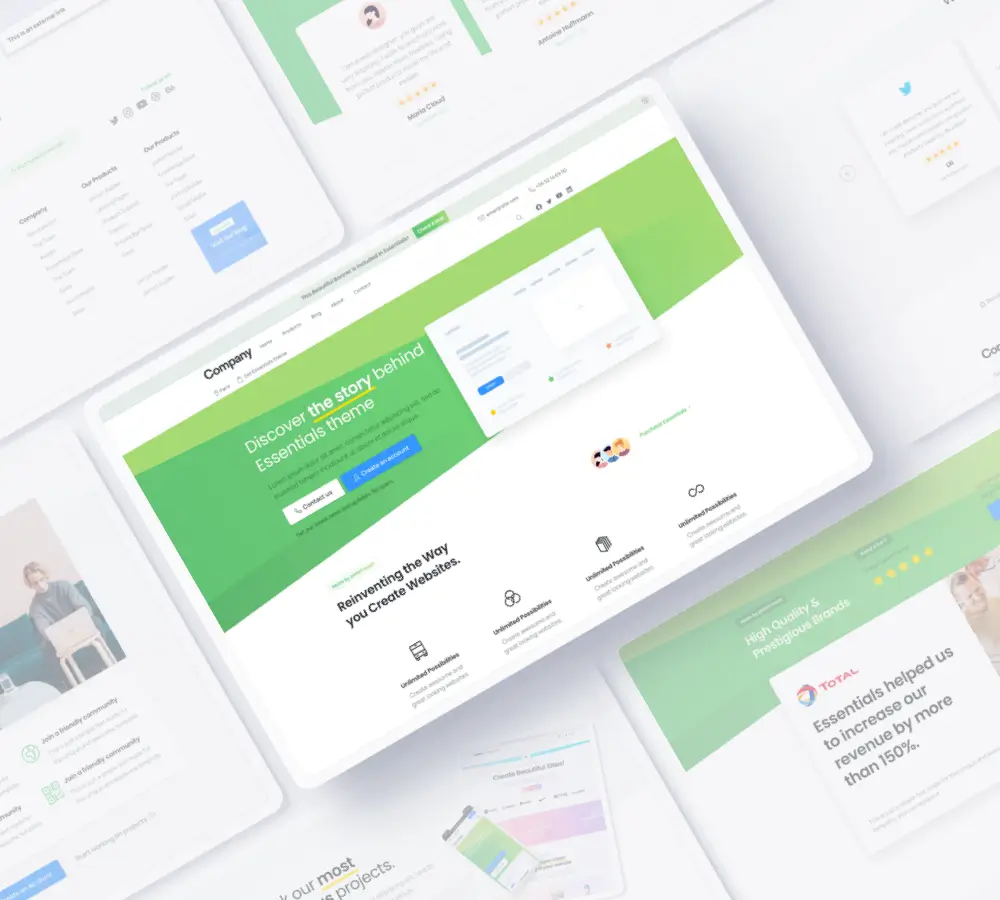In today’s digital age, where smartphones and tablets have become an integral part of our daily lives, having a responsive website is more critical than ever. A responsive web design ensures that your site looks and functions flawlessly across all devices, from desktops to the smallest smartphones. But why is this so important? Let’s delve into the key reasons why responsive web design should be a priority for any business.
Enhanced User Experience
User experience (UX) is at the heart of web design. When a visitor lands on your website, you want them to have a smooth and enjoyable experience, regardless of the device they’re using. A responsive design automatically adjusts the layout, images, and functionalities to fit the screen size and orientation of the device. This means users can navigate your site easily, read content without zooming in, and interact with your site seamlessly.

Get in touch
Ready to take your business to the next level? Contact us today to learn more about our responsive web design services and how we can help you succeed in the digital world.
Improved Search Engine Rankings
Search engines like Google prioritize websites that offer a great user experience. In fact, Google has explicitly stated that mobile-friendliness is a ranking factor. A responsive web design helps ensure that your site meets these criteria, which can lead to higher search engine rankings. Higher rankings mean more visibility, more traffic, and ultimately, more business.
Increased Mobile Traffic
Mobile internet usage has surpassed desktop usage in recent years. People are increasingly using their smartphones to browse, shop, and interact online. By having a responsive website, you cater to this growing segment of users. A site that performs well on mobile devices can significantly increase your mobile traffic and keep visitors engaged longer.
Cost-Effective and Easier to Maintain
Before responsive design became the standard, businesses often had to create separate websites for desktop and mobile users. This approach was not only costly but also challenging to maintain. With a responsive design, you have a single site that works across all devices. This simplifies updates, reduces development costs, and ensures a consistent brand experience.





